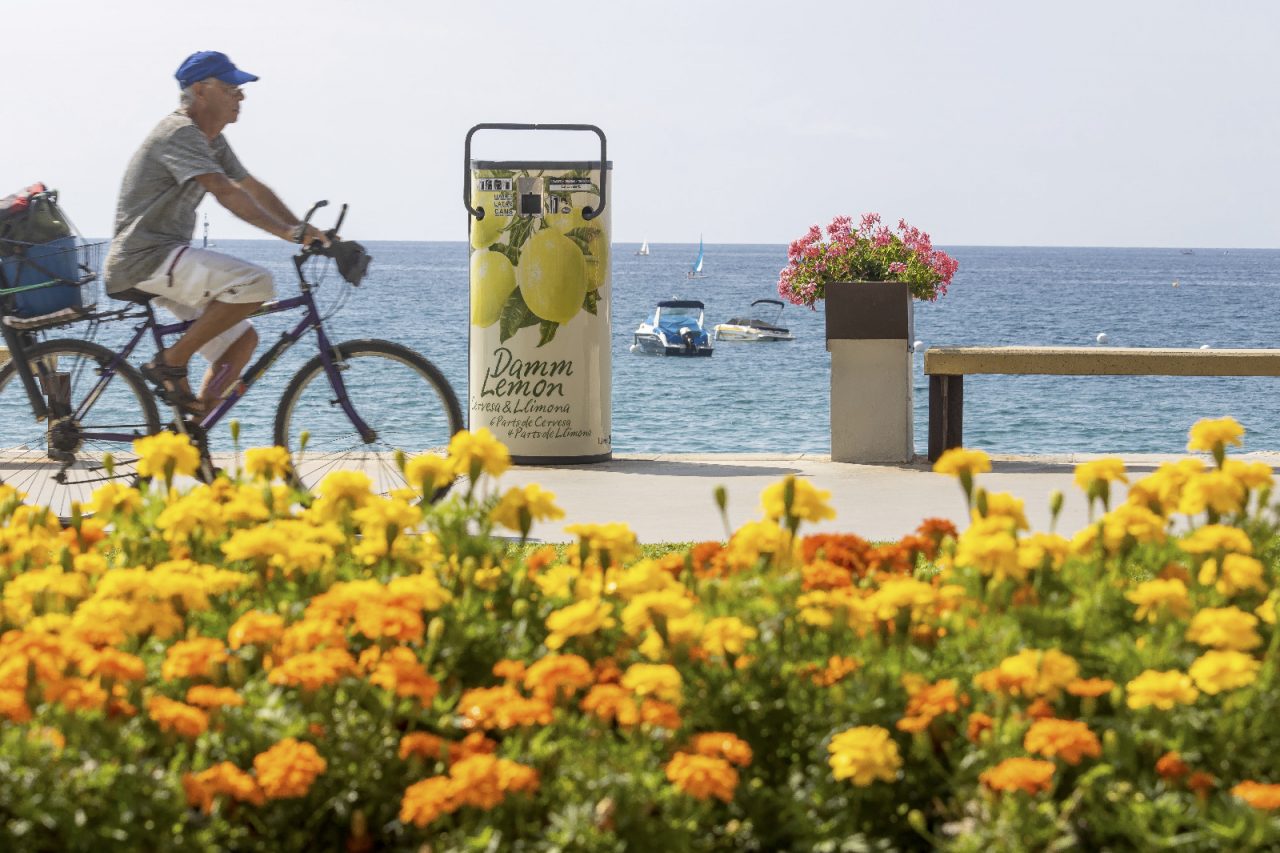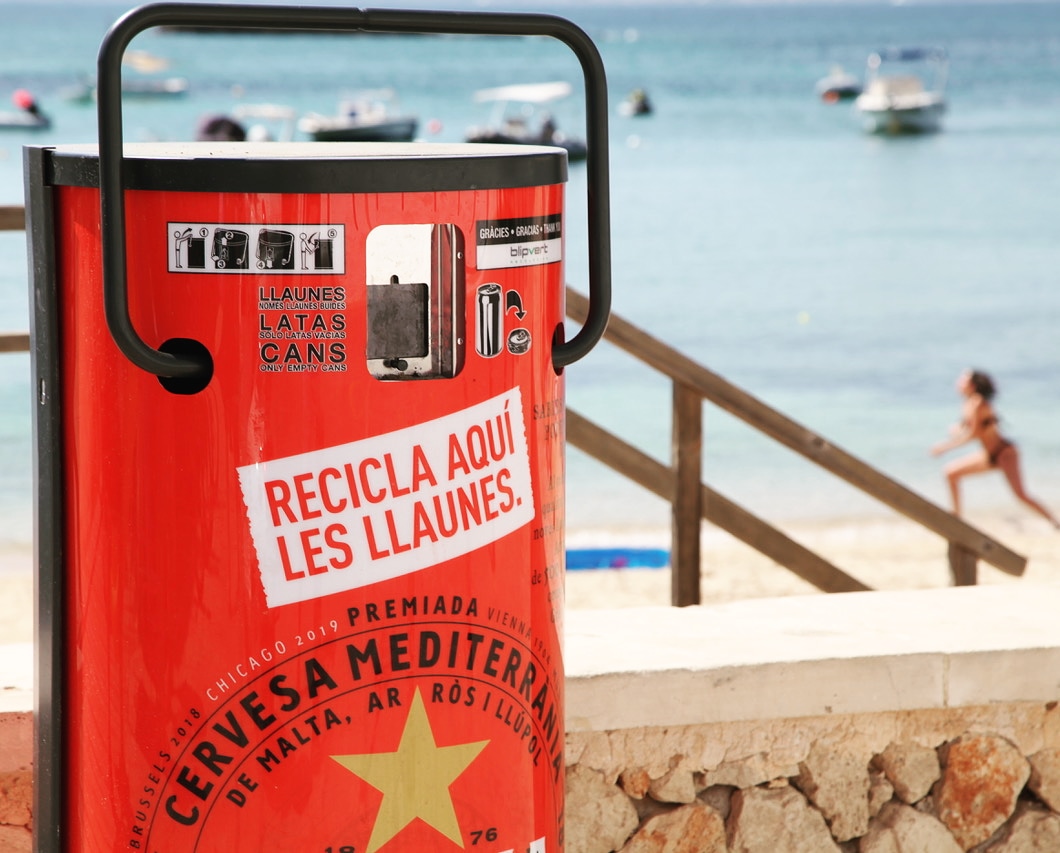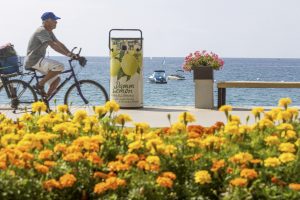20 CURIOSITIES THAT CROWN THE ALUMINIUM CAN AS THE QUEEN OF RECYCLING

Contents of the article
Aluminium is the “king” material of recycling,
and the drink can, his queen.
Do you want to know why aluminum cans are the most recycled packaging in the world?
Aluminum is the third most abundant chemical element in the earth’s crust (after oxygen and silicon).
It holds the title for the most abundant metal (+ 8.0%), ahead of iron (+ 5.0%) and magnesium (+ 2.0%), and, in case you did not know, it is also very abundant in the moon.
Aluminum is not free in nature: it comes from (it is extracted from) a reddish-brown mineral called bauxite.
Bauxite was discovered by Pierre Berthier, who first mined it in the village of Les Baux de Provence (in Arles, France).
During the 19th century, producing aluminum was very expensive, so much so that this metal was considered as precious materials like silver or gold.
Today, the main bauxite deposits are in the Caribbean, Australia, Brazil and Guinea.
It takes 4 tons of bauxite to produce 2 of alumina, of which 1 ton of aluminum is obtained. A large amount of energy is consumed in the process.
After iron, aluminum is the most widely used metal in the world.
Due to its lightness, malleability and conductivity, aluminum is used to build airplanes, automobiles, high-speed trains, doors and windows, elements of transmission and telecommunications, and containers of all kinds, especially “cans” of drinks.
The aluminum used in the manufacture of any object, including beverage cans, can be 100% reused.
Recycling aluminum saves 95% of the cost of the energy required for processing new aluminum.
The aluminum recycling process only needs 5% of the energy consumed in the production of virgin metal.
It is estimated that 75% of all aluminum that has been manufactured for 100 years is still in use.
The aluminum in a beverage can is made to be used and reused countless times, in an unlimited way, without losing quality or quantity.
Aluminum cans are only about 0.25 millimeters thick.
Aluminum cans are airtight, protect from air, light, bacteria, and cannot be opened (nor their content tampered with) without being obvious.
The weight of a 100% aluminum beverage can is 10 grams or less. Tin cans, whose crown is also made of aluminum, weigh twice as much.
In 1992, DAMM and BLIPVERT installed the first beverage can recycling points in Barcelona.
Each bag of Blipvert can compactors holds more than 1,000 cans (about 15 kg).
Currently, and coinciding with the announcement of the total and definitive elimination of plastic rings, DAMM GROUP already has almost 400 BLIPVERT can comparators in service, distributed along the entire Mediterranean coast.
Which is the same: for years, people in dozens of Mediterranean municipalities have recycled the cans they consume on the beaches in compactors.
Compaction is the decisive moment in the recycling process because it allows a very selective and efficient collection, which saves energy by reducing the volume by 80%.
The rest is simple.
We collect and transport the cans to BLIPVERT, where we press them again and group them to deliver them to the foundry in comfortable bales, ready for recycling and being reintroduced as raw material into the European economy.
And this is how, together, we close the virtuous cycle of the circular economy.
MILLIONS OF RECYCLED CANS. MILLIONS OF THANKS.

If you want to know more:
https://www.bbc.com/mundo/noticias/2013/12/131208_aluminio_reciclar_jgc_finde
https://www.blipvert.es/illes-balears/
https://www.blipvert.es/murcia/
http://www.packaging.enfasis.com/notas/79536-latas-aluminio-el-envase-mas-reciclado-el-mundo-


